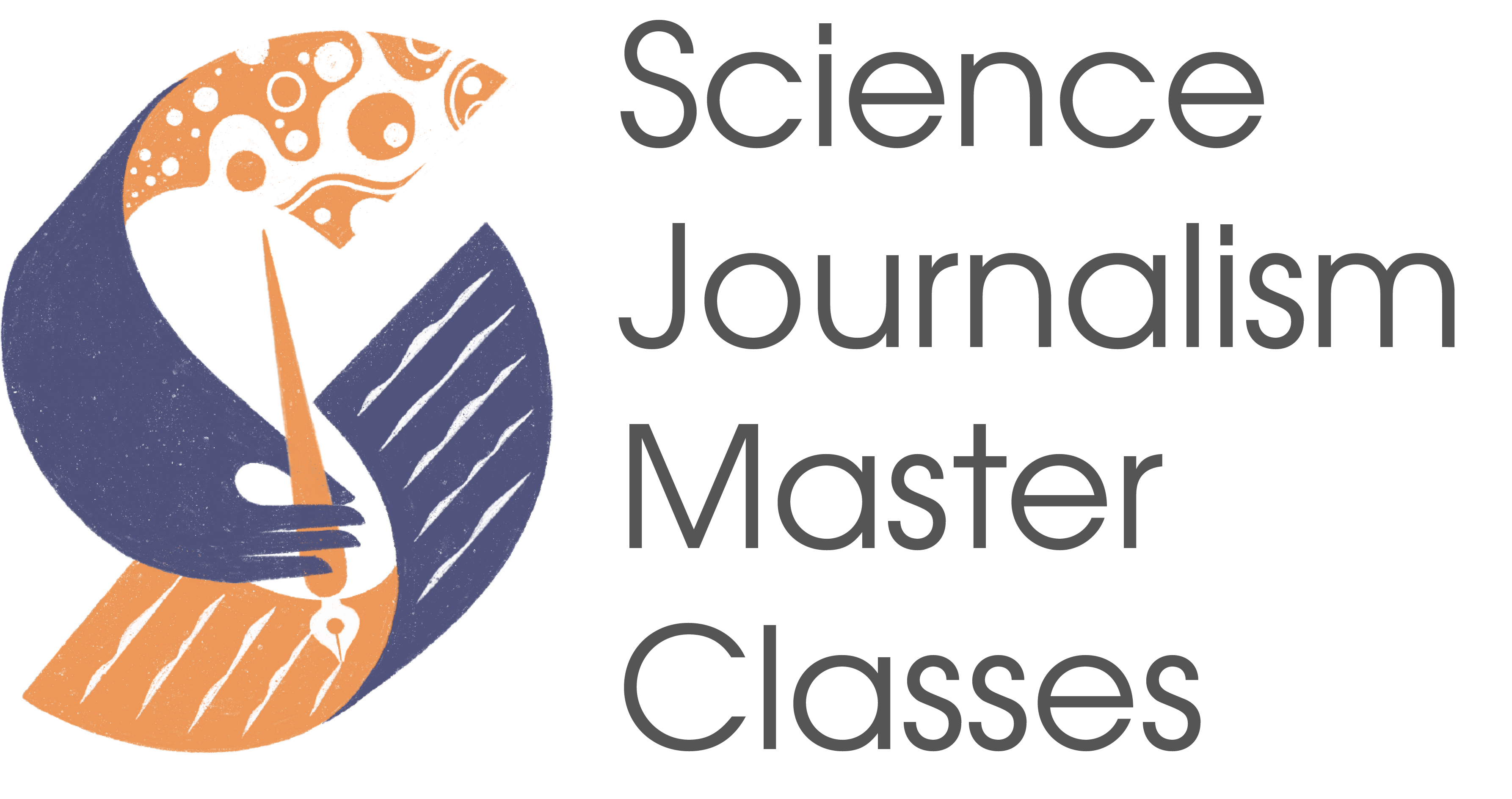
Today the team at The Open Notebook is delighted to announce the first of our Science Journalism Master Classes, a series of online courses that will be delivered by email. Our hands-on classes, like everything we do at TON, are designed to help science writers wherever they are in their careers—novice, developing, or established—sharpen the core skills this business requires. And thanks to a generous grant from The Kavli Foundation, our courses are free to anyone, anywhere in the world. You can sign up for our courses at any time and get started immediately—there’s no set start date.

Our first course, which launched today, is “How to Find an Angle for Any Science Story.” Angles are the secret sauce of journalism, and identifying them can be tricky even for the most experienced science reporters. To create this course, we’ve teamed up with Emily Laber-Warren, who heads the Health & Science Reporting program at the Craig Newmark Graduate School of Journalism at the City University of New York. Each day during this six-day course, subscribers will get an email from Emily in their inbox, offering concrete, actionable tips for developing story angles.
In building this course, we’ve drawn on Emily’s classroom experience and on insights from dozens of top-notch science journalists who over the years have shared their advice and stories with The Open Notebook—writers like Julia Belluz, Rose Eveleth, Dan Ferber, Alla Katsnelson, Roxanne Khamsi, Maggie Koerth, Apoorva Mandavilli, Kate Morgan, Michelle Nijhuis, Mallory Pickett, Margo Pierce, Ankita Rao, Knvul Sheikh, Meera Subramanian, Jessica Wapner, Cheryl Platzman Weinstock, Ed Yong, and many more.
Students who take the class will learn the four essential ingredients of an angle that will hook audiences (and editors!), the qualities that make a story feel relevant and intriguing, tried-and-true angle formats, where to look for fresh angles, and more. Every lesson also involves a brief homework assignment. By the end of the course, participants will have delved into a topic that interests them using strategies calculated to yield a pitchable angle. Students can expect to spend about 30-60 minutes per day on this six-day course, including time spent doing the daily homework.
“Finding an Angle for Any Science Story” is available now. Sign up here, or at the Science Journalism Master Classes landing page.
"*" indicates required fields
(If after signing up you don’t see a welcome email within a few minutes, check your spam/junk/trash folder and, if you use Gmail, your promotions tab. If that doesn’t work, please email Siri Carpenter at siricarpenter@theopennotebook.com and we’ll get you set up.)
Course Excerpt
Let’s say you have an editor’s ear, whether at a weekly staff meeting or through an emailed pitch. And you have a great idea—about an aging nuclear plant in Florida, perhaps, or an archaeological dig in Central America, or new over-the-counter genetic tests.
Your proposal is newsy and full of meaty science. It seems like a winner. But what comes back to you is the mystifying response, I don’t see a story here. What’s your angle?
We’ve all been there. It’s the pitching equivalent of noticing people’s eyes wandering just as you’re about to get to the punch line of a joke. You feel deflated, and maybe a bit resentful.
What’s my angle? Don’t I already have one? And what is an angle, anyway?
Finding angles is one of the hardest things we do as science journalists. And it’s a skill you might not initially even realize you need, if you start out doing aggregation or writing news briefs. News stories don’t require angles. They are just: This thing happened. Boom. And that’s the story.
But if your job isn’t to cover breaking news, if you’re pitching feature stories as a freelancer, or if you’re a staffer doing more in-depth investigations, you can’t rely on breaking news to provide the organizing principle for your stories. You need an angle.


